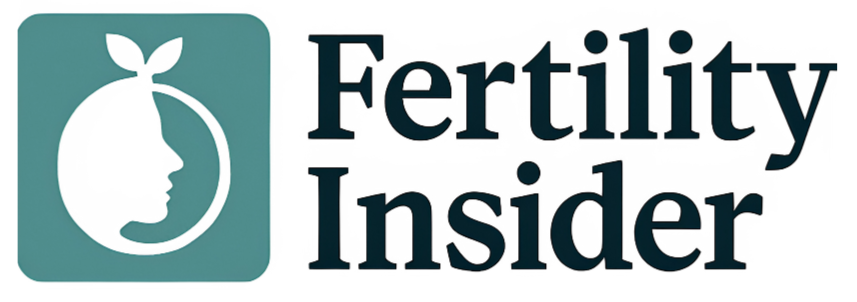In vitro fertilisation (IVF) is a transformative fertility treatment that has helped millions of individuals and couples achieve parenthood. Understanding the IVF process is essential for those considering fertility options, as it involves multiple steps, medical oversight, and a commitment to both emotional and physical endurance.
IVF begins with ovarian stimulation, where fertility medications are used to encourage the ovaries to produce multiple eggs in one cycle. Unlike the natural process, which produces just one egg per month, IVF uses hormone injections over 10 to 14 days to boost egg production. During this time, patients undergo regular ultrasounds and blood tests to monitor the body’s response.
Once the eggs reach maturity, the next phase is egg retrieval. This minor surgical procedure, known as follicular aspiration, is carried out under sedation or anaesthesia. It involves collecting the eggs directly from the ovaries using a fine needle guided by ultrasound.
After retrieval, the eggs are taken to a laboratory for fertilisation. Here, sperm is introduced to the eggs, either naturally or through a technique called intracytoplasmic sperm injection (ICSI), where a single sperm is directly injected into an egg. This method is particularly helpful in cases of male infertility or previous fertilisation issues.
The fertilised eggs are then observed during the embryo culture stage. Over the next 3 to 5 days, embryologists monitor their development, looking for the healthiest embryos to transfer. Not all embryos will reach the ideal stage, but those that do have a better chance of resulting in a successful pregnancy.
Once a suitable embryo is ready, it is placed into the uterus in a straightforward and usually painless embryo transfer procedure. This is similar to a routine cervical smear and doesn’t require sedation. Following the transfer, patients undergo a two-week wait before a pregnancy test can confirm whether the procedure was successful.
The success of IVF depends on various factors including age, underlying fertility issues, and overall health. While it offers hope to many, it’s important to note that IVF may not always lead to pregnancy on the first attempt and sometimes requires multiple cycles.
In terms of cost, IVF can be expensive, especially without insurance coverage. Expenses may include medications, procedures, laboratory work, and follow-up care. Understanding these costs upfront and exploring financial support options can help manage expectations and plan effectively.
Overall, IVF is a promising option for those facing fertility challenges. By understanding each stage of the process, potential success rates, and the financial commitment involved, individuals and couples can make well-informed decisions on their journey toward parenthood.











